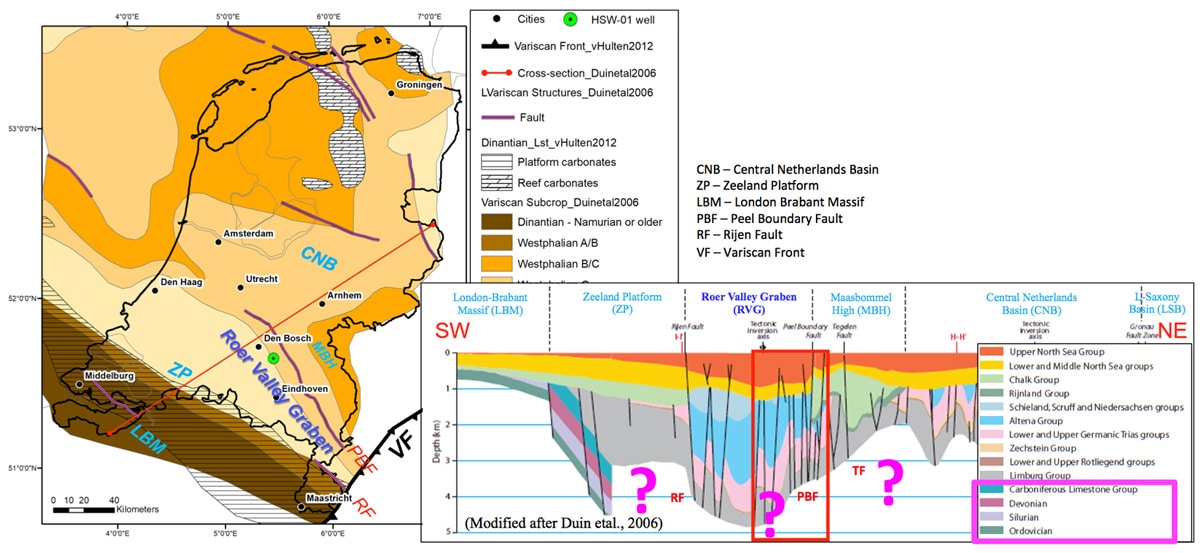

Corporate earnings for Q4 have been sharply revised downwards due to both the high dollar and falling oil price.ġ3. Leading indicators for the US are negative:ġ2. Sentiment is as lop-sided as it could be:ġ1. Dittto, valuations are as high as they likely to reach:ġ0. Looking at the bigger picture, households are about as exposed to equities are they likely to be (given no demographic tailwind):ĩ. These are tentative reversals but the point is they have aligned in the declines.Ĩ. A key change in the last two weeks has been that the remaining leaders appear to have finally reversed, such as the Sensex, Nasdaq 100, Apple, USD/JPY and the Nikkei. So is this finally it? Dare we dream that equities have topped out and are now in a bear market? Yes we do.ħ. Considering the final thrust to the peak to be the rally from October to the start of December, then its size and duration fits in well with similar topping thrusts from history: Here shown are breadth, volatility, bullishness, junk bonds and leveraged loans as examples.Ħ. Then either side of that, the move to defensives occurred as of January and the price topping formation in equities took place in the window from July to November, with US large cap stock prices rising in a megaphone formation whilst the remaining supports for equities were dismantled and many flags were raised.

In keeping with that, margin debt peaked in February, the commodities index peaked in April and certain breadth measures peaked around that time:ĥ.

Historically, peak speculation and appetite for risk assets has topped close to that:Ĥ. The smoothed solar maximum is likely to have been April 2014. The shift to defensives was a global phenomenon, shown here by German, Japanese and UK bond yields, as well as US.ģ. The topping process kicked off at the turn of the year with a gradual shift to defensives, as represented here by stocks:bonds, consumer discretionary:utilities, high yield:treasuries and small caps:all caps.Ģ. It’s been a while, so here’s how things now stand.ġ.


 0 kommentar(er)
0 kommentar(er)
